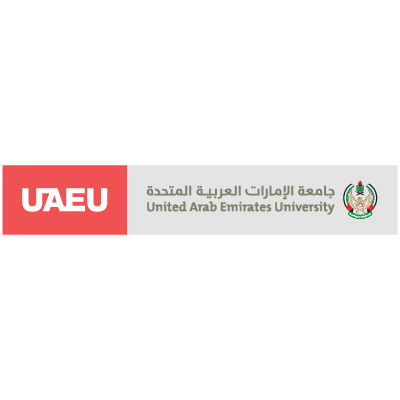How machine learning points to a greener future for solar technologies

Sponsored by

Sponsored by

Researchers at the United Arab Emirates University have designed a machine learning algorithm that tells us how the weather will affect the yield of a solar still desalination system, paving the way for green technologies that are more productive and efficient
The concept of a solar still for desalinating a water supply is not new but could scarcely be more relevant in a world that is searching for zero carbon solutions as it reckons with climate change. Moreover, it is a convenient tool in arid areas. The question is how the yield of a solar still can be maximized.
To understand this, first we must understand how different meteorological parameters affect the productivity of the system. Because there is no way to isolate those parameters when the solar still is exposed to all of them at once, this is a problem that has vexed the researchers.
“If I put the solar still in the environment, I cannot isolate one parameter. I cannot change the humidity,” says Mahmoud Elgendi, associate professor of mechanical and aerospace engineering at the United Arab Emirates University (UAEU). “Everything changes. Every parameter. The temperature changes. The solar radiation changes. I cannot isolate one parameter.”
The problem has been difficult to solve, but not impossible. Elgendi teamed up with a colleague at UAEU, Mohamed Atef, associate professor of electrical and communication engineering, for a project that applied a machine learning algorithm to the problem.
“I am a mechanical engineer and he is an electrical engineer,” Elgendi says. “He has a different mentality, different skills, and in this case, he added a machine learning tool to solve the issues with the still.”
First, the pair had to gather data using an automated process that not only allowed them to collect data 24 hours a day but also avoided the reporting errors that can occur when constructing large data sets by hand. Each hour, the data from the weather station were recorded and logged.
“We measured all parameters,” says Elgendi. “The weather station measures ambient temperature, solar radiation, wind speed, and it also records these parameters every hour.” They learned that the solar radiation, feed-water temperature, wind speed, and dry bulb temperature of the solar still shielding’s surroundings were the four most influential factors affecting the amount of processed water that can be produced.
The model was so accurate that Atef is confident it can be rolled out in real-life applications. “We compare the predicted amount of yield based on our model with the measured yield, and we find that our accuracy is high enough and the model computional complexity is acceptable to be implemented in real hardware,” he says. “If we calculate which parameter is the most important, and which parameters are not effective, we can consider this in solar still design to make it more productive, and also we can consider this in the location selection of the system.”
And perhaps there will be other applications for this machine-learning approach. The pyramid solar still is not the only green technology to be exposed to the elements. Understanding how these meteorological factors affect different technologies could help engineers design more robust and productive systems, allowing for integrated designs with onboard microcontrollers automating responses to external conditions and maximising their efficiency in a closed loop system.
Find out more about UAEU.